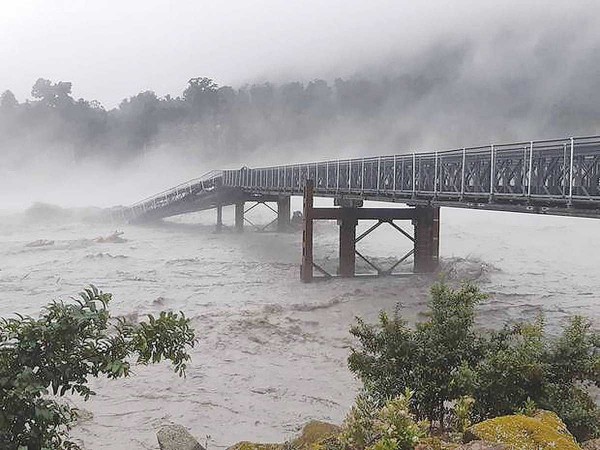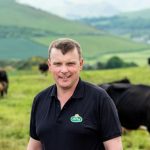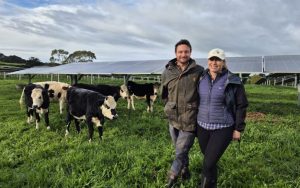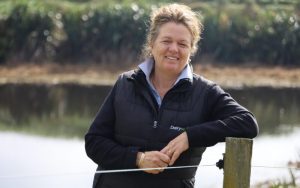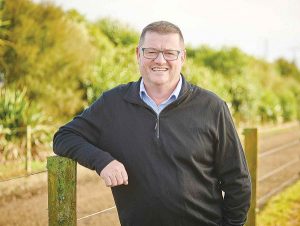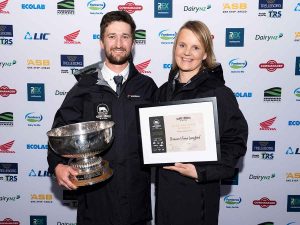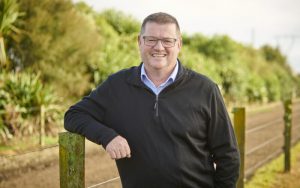
He told Dairy News that West Coast is by far the most diverse region in New Zealand. Dairy farms are scattered over 600 kilometres and the climate in the north around Karamea is dry and vastly different to the south near Franz Josef, which can get up to three metres of a rain a year.
He says the wintering rules are a real battle for some farmers because of how wet it can get.
“There are issues with the pugging rules, slope and stock exclusion. They are all very challenging for that environment not mention the nitrogen cap. On the West Coast it’s very hard to effectively apply N and get an immediate response when you have the rainfall you can get.
“The N cap will be real challenge over there as well,” he says.
Finch says dairy farmers on the West Coast are challenged at the best of times without the new regulations and he’s concerned at the level of support they are getting from local councils. He says they realise that despite the protests, the Government is not going to make major changes to the new rules.
“Rather it will just be tinkering with them. As for the dates when farmers can sow crops, that is simply dictated by the weather,” he told Dairy News.
“The other week we saw a lot of cultivation going on, so they are all in breach of the November rule. No farmer wants to see their paddocks lie fallow. They don’t make any money by leaving it like that and they know it doesn’t help the environment. It’s a nonsense rule and should state that farmers should sow crops when it is practical to do so, or words to that effect,” he says.
Finch says up until recently the weather on much of the coast has been cold and wet, but says lately there has been a lovely spell of weather, the grass is growing and some farmers are cutting silage.
